Your Charriot is ready Mister Qin2/19/2013 This Friday the Terra Cotta Warriors exhibit from China opens at the Asian Art Museum in San Francisco. I was at the museum last week for my docent training and I saw them installing this in the North Court. The horses and charriot are reproductions of the original items, but the actual terra cotta warriers are the real thing.
0 Comments
338 Buddha11/15/2012 Training to become a docent at the Asian Art Museum has been a real eye opener. The Asian Art Museum's 338 Seated Buddha is secure behind a glass case at the entrance to Gallery 16 - Chinese Buddhist Art. Pleasant and nice, I never gave it much thought.
At the beginning of this fall training session, we were told that this Buddha is the earliest and most important dated Buddha from China and many people come to the museum just to see it. Well! I'll go take another look. It's important because the inscription in Chinese gives it a reliable date of 338. I was flipping through my new book on Chinese art and I found this image on the right -- almost identical! It is reported to have been found in 1979 near Xi'an, China. It's also inscribed, but this time in the Kharoshthi language and -- no mention of a date. It is dated approximately 300 or 38 years before the one on the left. With no actual dated inscription, I guess it suddenly comes in second. Little things mean a lot. Zoroastrianism - An Ancient Religion8/8/2012 The image at the top is a symbol of Zoroastrian Religion, one of the oldest in the world that dates from about 3,500 years ago originating in Persia (Iran). I saw it in a doorway on Fillmore Street near Union recently and because of my studies at the Asian Art Museum, I immediately recognized it. It has the same Zoroastrian symbol. The silver bowl below is a recent acquisition by the museum and dates from the 19th century and was commissioned in India and made by Burmese artisans.
I wondered if there was a Zorastrian organization here on Fillmore, but there wasn't any identification other than the symbol. 2,000 Years6/11/2012 The Buddhist Stupa was originally a burial mound for relics of the historical Buddha or other sacred objects. It was topped with a structure similar to the one on the right which is a 2,000 year old miniture stupa from Northwestern India or Pakistan now at the Asian Art Museum in San Francisco.
As the stupa form moved to China and Japan, it evolved into pagodas. This pagoda in San Francisco's Japantown was built 2,000 years after the one on the right and as you can see the top of the pagoda is very similar to the top of the stupa. (I'm getting ready for a presentation this month!) Just Passing Through6/1/2012 This photo is truly an accidental photo as I didn't even realized I had taken it until I looked on my phone. Usually I erase them as they usually aren't very interesting. This one, however, seems to have an other worldly feeling commenting on the transitory aspect of life as we pass through one doorway to another -- or is it because I'm reading alot about Buddhism as part of my Asian Art Museum Docent Training?
Sri Lanka Mask4/10/2012 Chris banished this mask from the house because she found it too disturbing to see. Now that I'm studying Asian art, I'm learning the good side of these frightening images. Frightening images called makaras are often found above doorways of temples. They serve to mark the transition between the material e world and the spiritual world. The frightening mask holds at bay and dispels evil -- so actually it is a guardian.
Why so frightening? the protective guardian, must be EQUAL to whatever evil it may encounter. Asian Art Museum Docent Training2/23/2012 The training of future docents became a little more real to me last week. My assignment was to "shadow" a 6th grade field trip visit to the Asian Art Museum and observe the docents, kids, and parents to see learn what to expect. I found 6th graders are great. Their old enough to really engage with the art yet not too old to feel the whole experience is just not cool enough to warrant their attention. In this photo above they are lining up in front of the museum as the teacher distributes tickets to each one. Bless public school teachers!
We think of "western" civilization of having its origins in the ideas and culture of Greece and we don't think it strange to see buildings using design motifs or even Greek deities from Greek temples -- just look at Washington DC. We use these on our buildings because we admired Greek culture and philosophy. Greece did not directly influence or conquer us.
The term "influence" implies dominance or inferiority on the part of the adoptee so we use the term "Localization" instead -- an awkward term, but they haven't found a better one yet. The presence of a Hindu deity in Java is similar. The Javanese "localized" Indian religion and culture. By the way, I gave an 8 minute presentation on this piece this afternoon. Compare and Contrast11/28/2011 As part of my Asian Art Museum docent training, we're learning different techniques of engaging people with the art. The latest technique we practiced was "compare and contrast". By comparing two different objects, it allows people to focus and really look at each one.
These two objects were assigned to me to present using the compare and contrast technique. I asked the "visitors" to pretend they were buying these as gifts for two different people and to decide which is the most appropriate for each person. Seated Buddha - Sri Lanka 1700-180011/9/2011 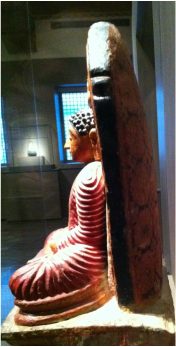 Sideview As an Asian Art Museum Docent trainee, I had the assignment of giving a 3 minute presentation on meaning of the colored pattern behind this seated Buddha. The museums curators haven't come to a conclusion as to what it represents as there are several possible interpretations. One interpretation is that the background is a hood of snakes based on the story of Buddha's 7 week meditation at Bodhgaya. According to the story, during the 6th week a great rain storm arose and the snake deity rose to form a protecting cape to keep the Buddha dry. Others believe it represents fire -- showing Buddha's enlightenment. Still others believe the pattern shows lotus leaves -- a continuation of a lotus leaf base -- a common buddhist theseen many times. I pondered this for a while as the three little knobs at the top and sides certainly could represent cobra heads. If they were cobra heads, then perhaps the top and back of the sculpture would reinforce that ideal - so I tried to get a glimpse of the back. Although it wasn't possible to see the back since it is up against the wall, I went up to the side as close as possible. I was surprised NOT to see a continuation of the knobs as snakes, but a field of objects that looked very flower-like to me. My conclusion is the background represents lotus leaves rather than a hood of cobra snakes -- but that's only my opinion. If you look at the museum's website for the Seated Buddha, you will see a picture of the back that clearly shows a field of flowers.
AuthorCatagories
All
Archives
October 2020
Blogs I follow
|
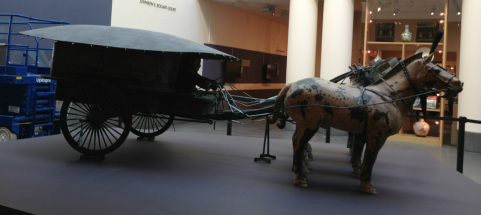
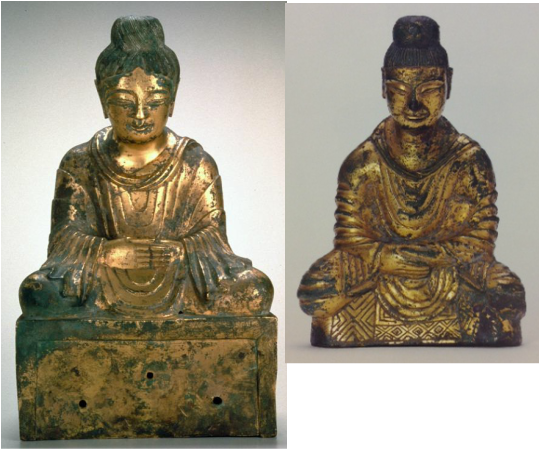
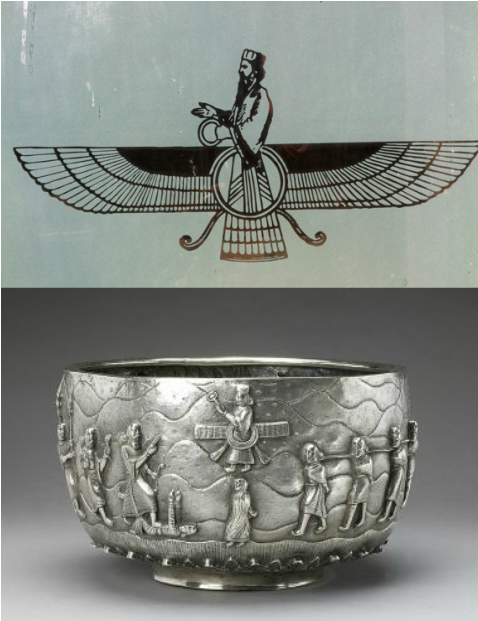
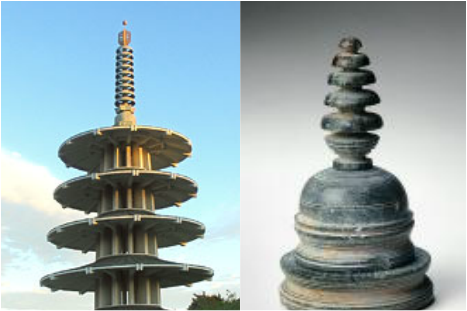
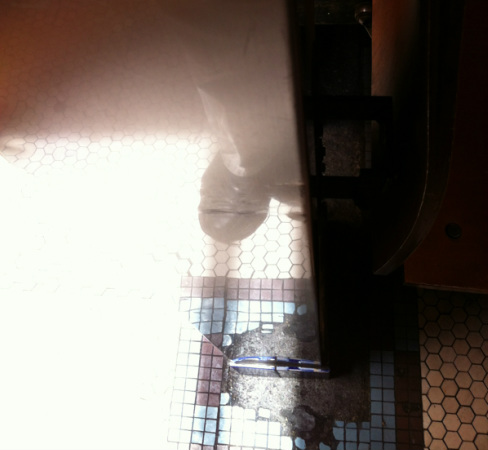
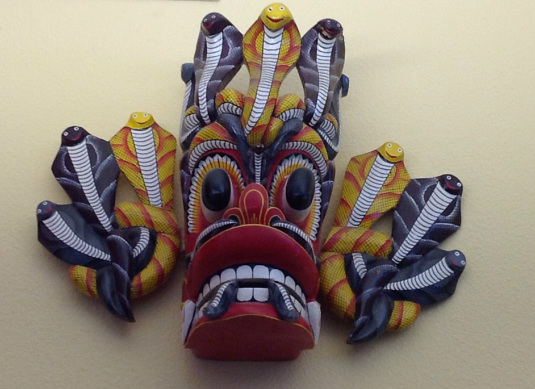
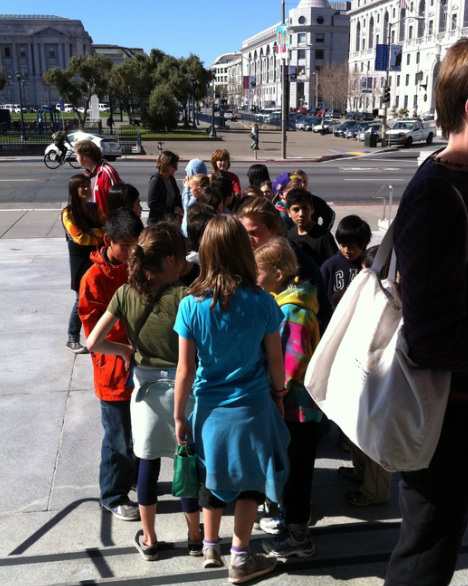
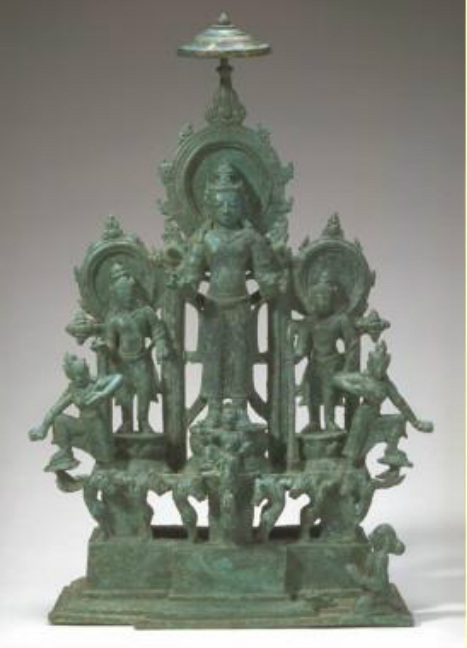
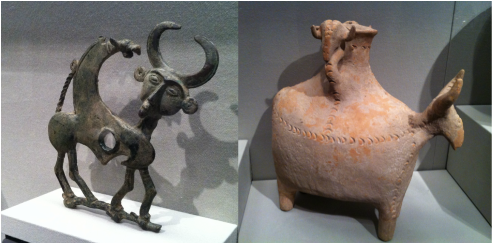
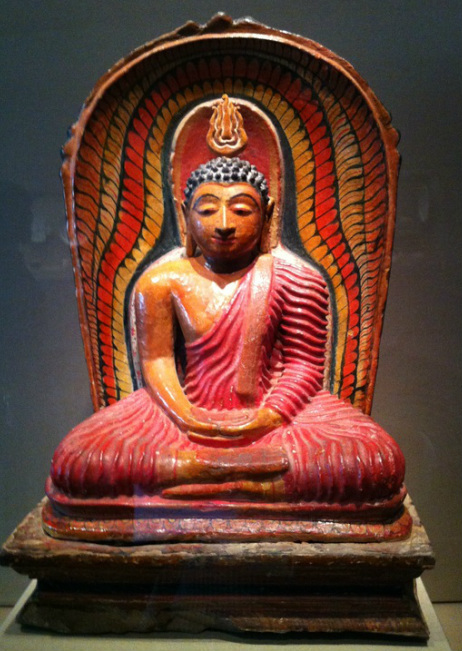
 RSS Feed
RSS Feed
